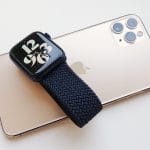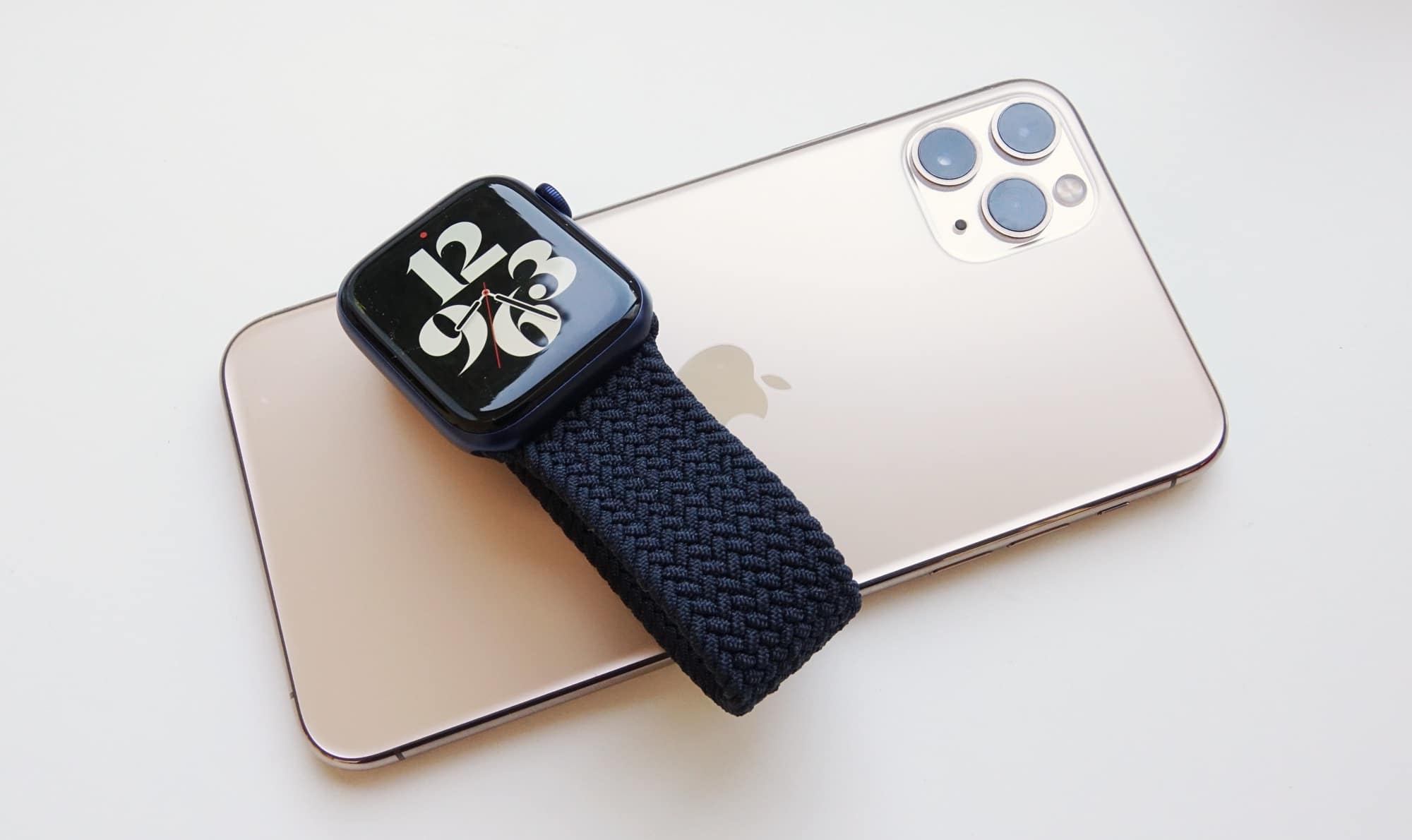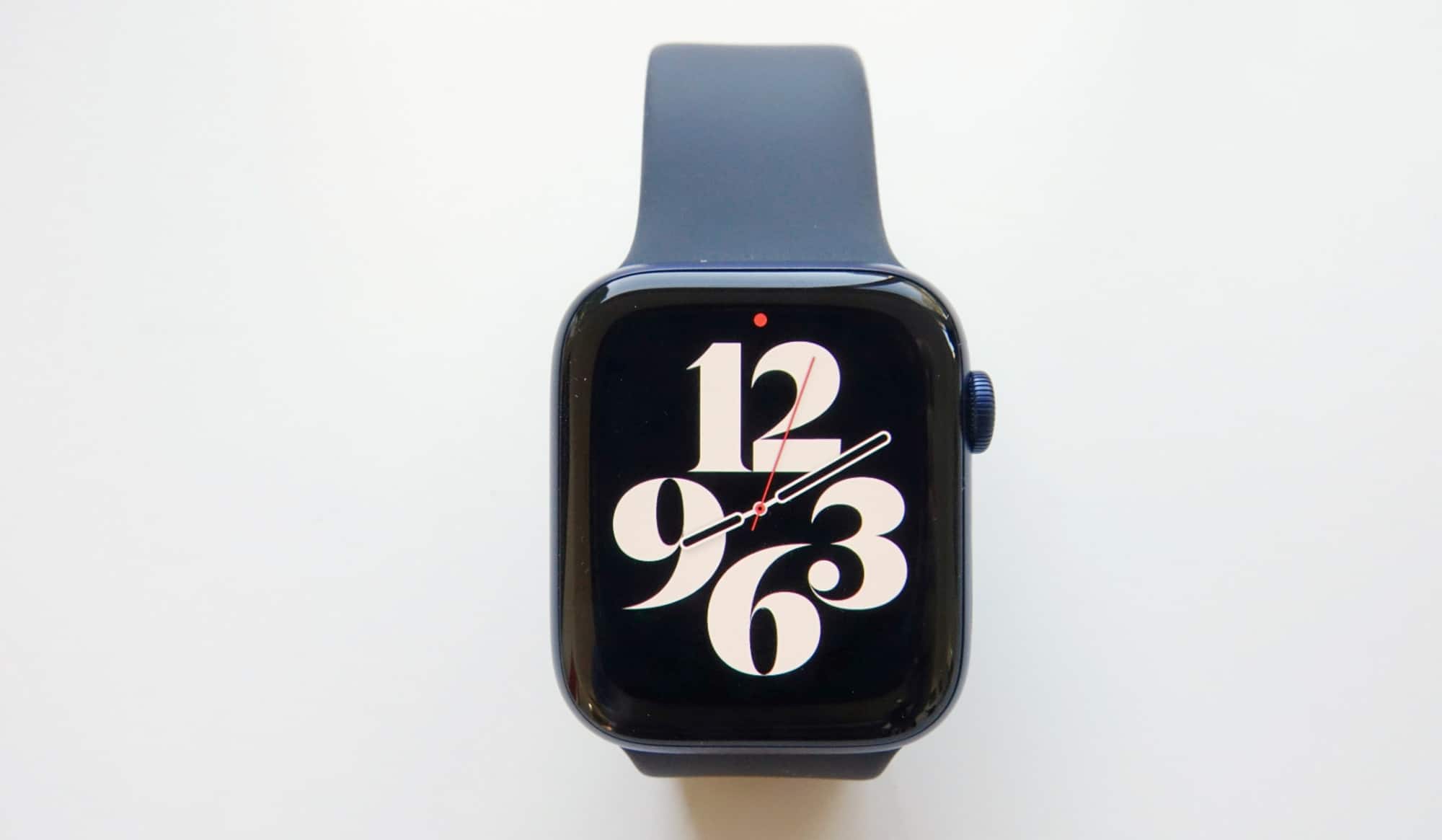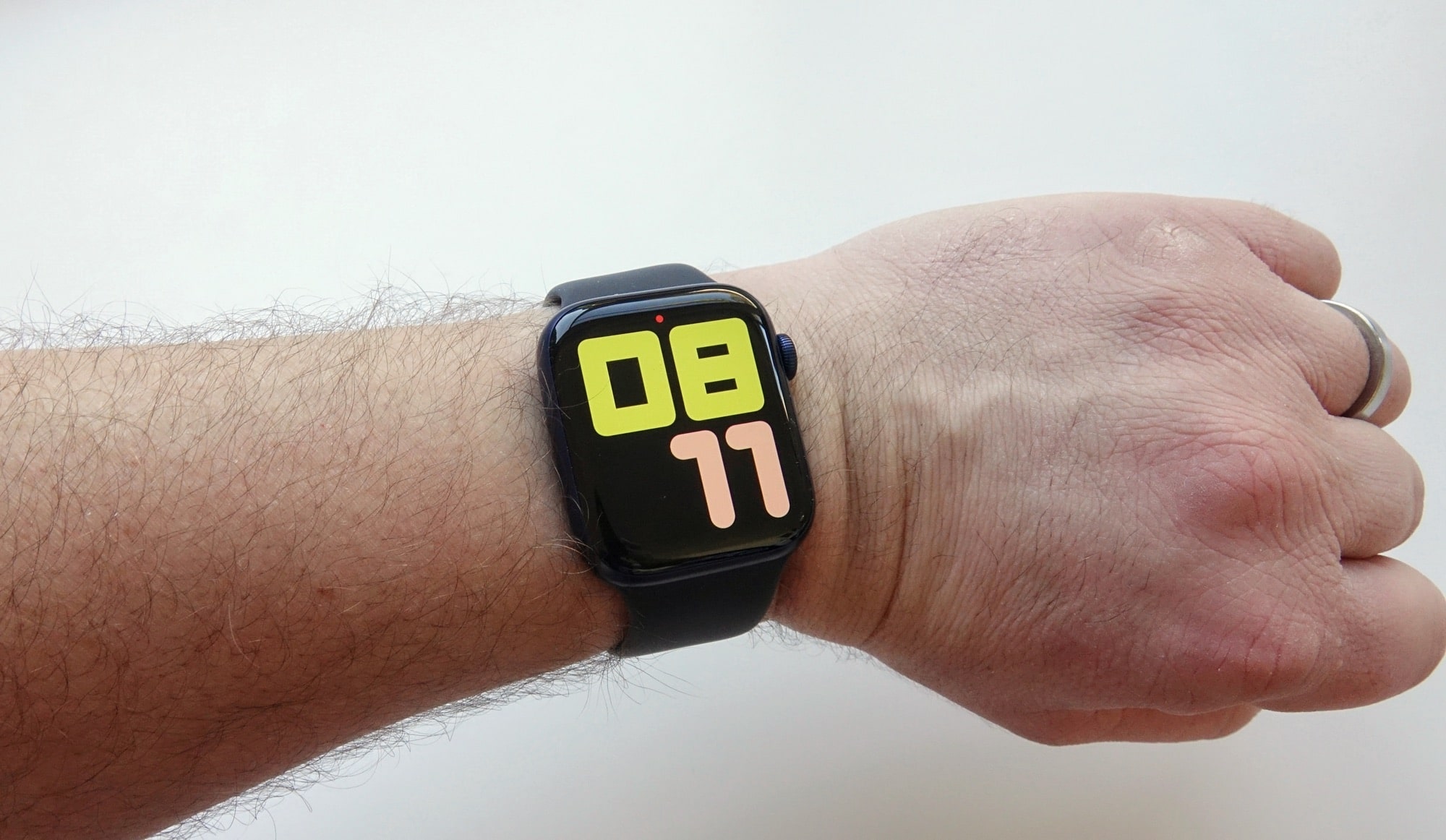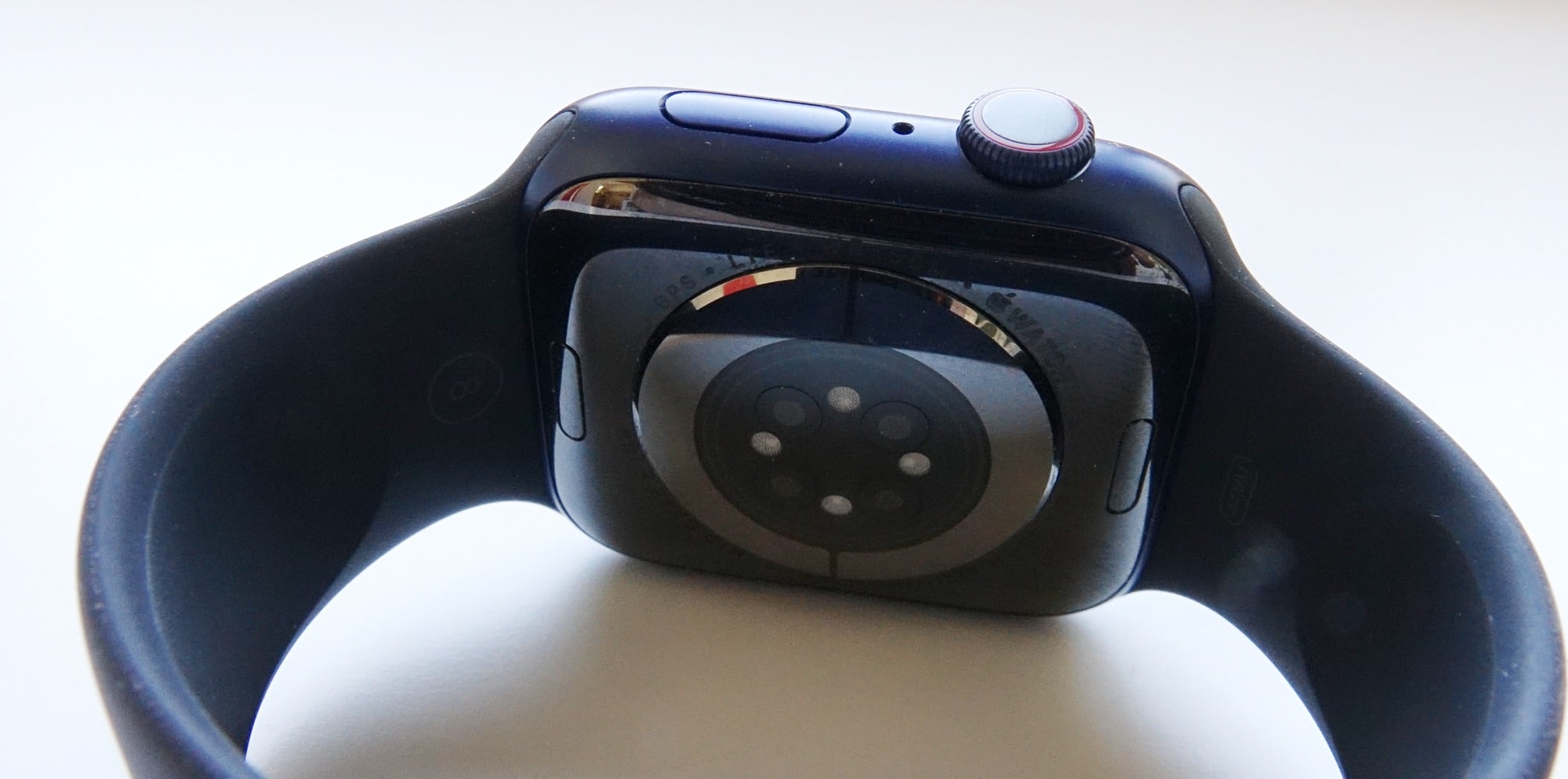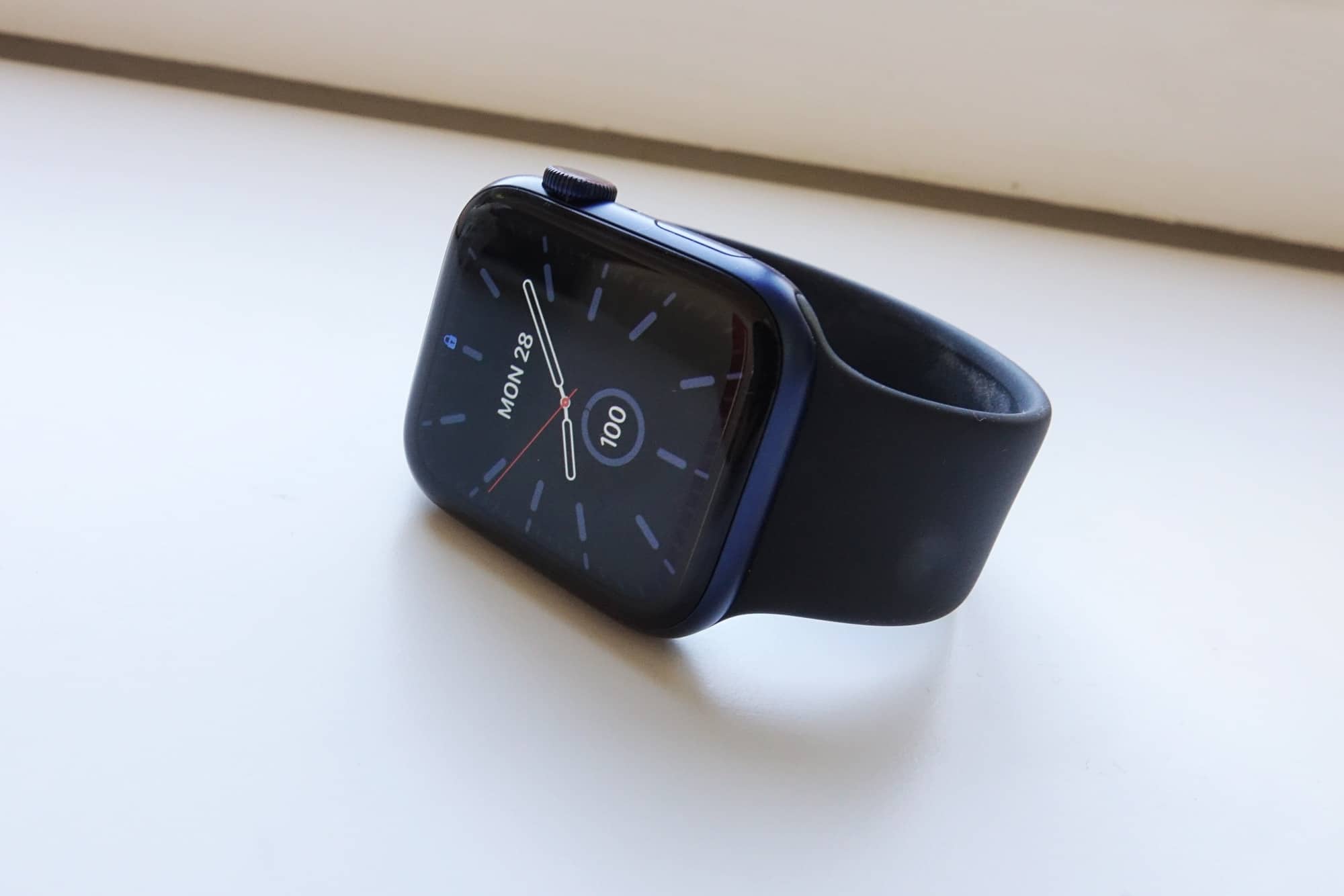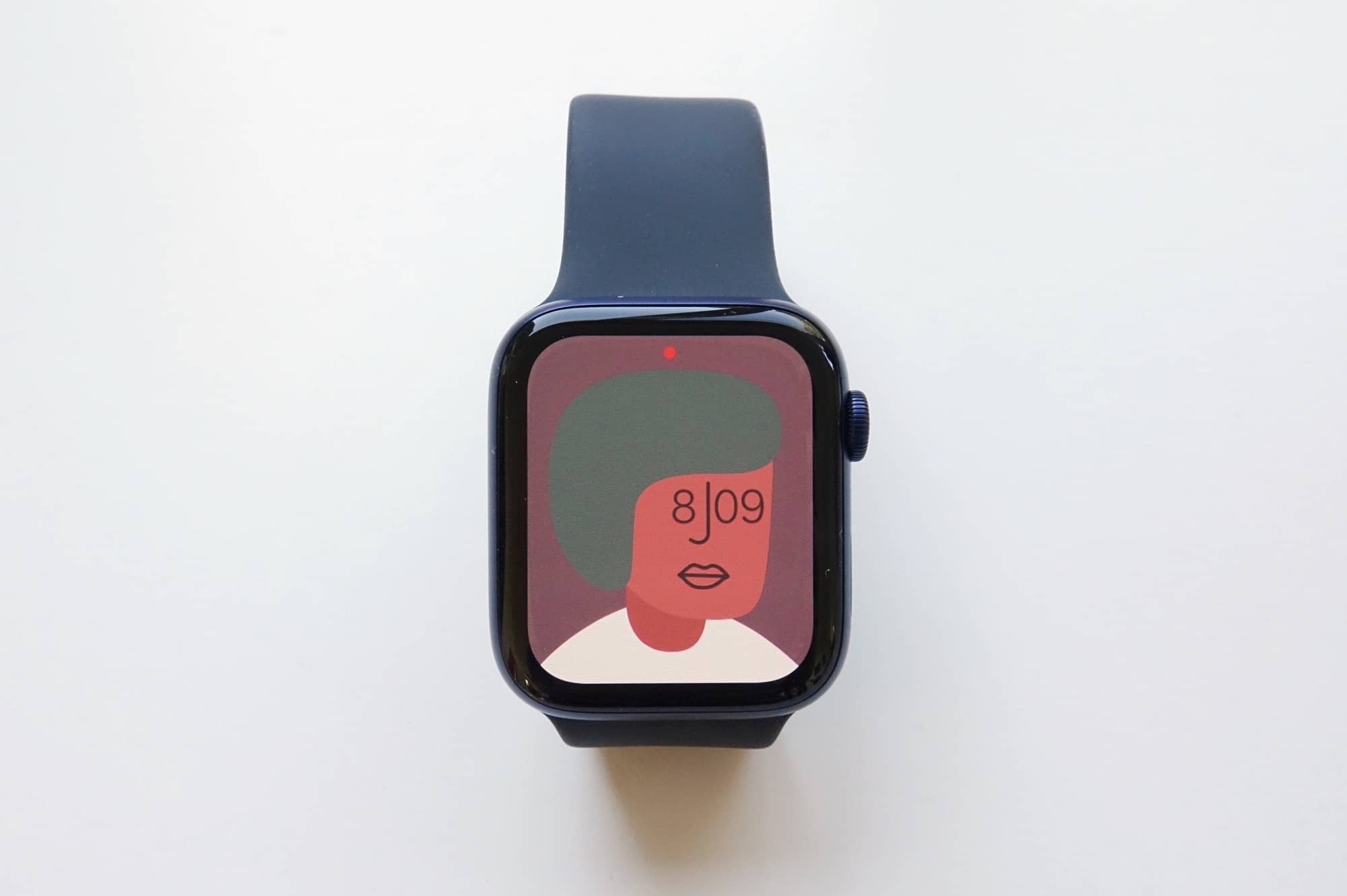Quick review
The good
The not-so-good
It’s been five years since Apple first launched its smartwatch, but in the 2020 model, the Apple Watch Series 6 has hit its stride.
It might seem a little strange, but that wristwatch you might have grown up with has undergone some pretty serious changes over the past few years. The rate of technology is much faster now than ever, and while you can still buy and wear a classic watch, these days, a watch can do so much more.
Yes, a watch can still tell the time, much like how a phone can still be used to make phone calls. But also much like how a phone can do so much more, so too can a watch. Health, music, maps, and more, a smartwatch is an addition to your life that can transcend telling the time and intersect with your life like a smaller extension of your phone, except closer to your hands.
And this year, it might be the brightest and easiest extension to connect with, particularly if you’re buying from Apple’s stable. While the Series 6 needs an iPhone to work and function, there’s just so much going for this wearable. Is the 2020 Apple Watch the one to wear?
Design
It’s a new year, but that doesn’t necessarily mean Apple has a new design, because as the saying goes, “if it ain’t broke, don’t fix”.
That’s largely where Apple has left the Series 6 model, with the 2020 Apple Watch getting the same squircle softened square design, albeit with new colour options for one of its metals.
If you opt for the aluminium variant, you’ll find both a deep blue and a red, joining the black, gold, silver, and space grey, plus the more expensive stainless steel variants in silver, gold, and graphite grey. It appears the aluminium models get the fun colours this year, though the blue is very much like a grey, with a blue colour that is darker and not as bright as you might expect. There’s even a titanium variant if you plan to spend big.

Features
Underneath colours both old and new, you’ll find features similar to what was in the 2019 Apple Watch Series 5, but also a couple of changes.
Available in both small (40mm) and large (44mm), and with a choice of GPS & WiFi or GPS & WiFi/4G, the Apple Watch Series 6 gets a bright LTPO OLED screen with a resolution of either 324×394 on the 40mm or 368×448 on the 44mm. Apple protects this with Ion-X Glass on the aluminium models, a glass type that isn’t remarkably durable from drops, at least compared with the sapphire crystal used on the more expensive stainless steel and titanium models.
Beneath those screens, the Apple Watch Series 6 gets a new processor, the S6 SiP, paired with 32GB storage, plus quite a bit of wireless connectivity, offering a W3 Apple wireless chip, support for Bluetooth 5, WiFi 802.11b/g/n, GPS, and a U1 Ultra Wideband chip. A form of NFC is included with Apple Pay support, and there are several health-related features, too.
In 2020, the Apple Watch caters for health with a SpO2 blood oxygen tracker, gyroscope, accelerometer, optical heart-rate monitors, and an electrocardiogram, alongside a light sensor, a compass, and an altimeter. There’s also a microphone, a speaker, and support for water resistance down to 50 metres.
The battery inside the Series 6 Apple Watch is rated for up to 18 hours based on Apple’s own testing, though it may be able to reach more. The Apple Watch charges the same as it previously has, however, with a magnetic charging connector that is proprietary, yet still found on other accessories, such as the Belkin Boost Up Wireless desk stand chargers.
Display
Switch the Apple Watch Series 6 on and you’ll be greeted with a feature that hasn’t changed dramatically from the 2019 Series 5 Apple Watch, but is still lovely all the same.
Just like last year’s model, Apple is using the “low-temperature polycrystalline oxide” LTPO OLED display, built to run as an energy saving screen in an always-on mode.
It’s technically the sam screen, and features the 40mm or 44mm variant over the 38mm and 42mm of the older generation, still found in the Apple Watch Series 3. The difference is noticeable not so much in the design, but more in the screen, where the bezels are much thinner and the display takes up most of the front of the Apple Watch.
Clear and bright, and also able to run in a passive always-on approach, it’s easily one of the nicest screens you’ll find on a smartwatch, even if it’s identical to the version in the Series 5 Apple Watch.
In-use
With an identical screen, you’ll also find an almost completely identical way of using the the Series 6. There’s a big touchscreen, of course, plus the Digital Crown with haptic feedback, completer with a button on the crown and a multi-tasking button just below it. It’s all fairly easy to use when you get into it, and you can also use the built-in microphone to talk to the Apple Watch, as well.
Very little about the Series 6 is complex, with the Watch doing what watches do, plus a little bit more: you can tell the time, control a stopwatch, check out different time zones, and then do other things that a modern watch might afford, such as Shazam, GPS tracking, fitness monitoring, music controlling, map directions, phone calls, texts, and more.
You’ll also find new watch faces to work with, thanks to watchOS 7, complete with more complications to let you customise the experience, and the whole thing comes together more like a proper watch. While it won’t have every watch face from every brand of time piece, Apple’s approach in watchOS 7 delivers more customisation for both analogue-style and digital watches, plus some which integrate nicely into this AI-assistant world of ours.
We enjoyed customising and switching watchfaces with the 2020 Apple Watch more than we did previously — swipe from one edge to the other of the Watch to change faces quickly — and customisation took us right down to a good assortment of colourful options, giving us more control of our smartwatch than we think any other has offered previously.
The Series 6 is simple enough to operate, even if it might take you a few times to nail which button does what.
Performance
When you have worked it out, you should find the Apple Watch handles pretty much anything and everything you throw its way.
The new Series 6 system-in-a-chip (S6 SiP) is a little bit better and more like an iPhone 11 made tiny, based on the Apple A13 used in those phones, but somehow made incredibly tiny for the Watch. It can deliver as much as 20 percent more speed, which means apps and watchfaces load on the Series 6 beautifully, with more or less zero lag or slowdowns.
If you’ve ever complained about the performance of a smartwatch — and it’s amazing if you have, given the world we’re in — you shouldn’t need to with the Series 6, which just delivers it in spades.
Health
Alongside that better performance is the arrival of at least one new health feature, the SpO2 sensor.
Used for measuring blood oxygen, it’s the newbie to the Apple Watch, and can check how much oxygen is in your blood, though perhaps rather unfortunately, Apple isn’t using the information to gauge other aspects of your health.
While Fitbit and Withings have each talked about using blood oxygen monitoring to understand whether you might have sleep apnoea, Apple’s use seems more like it’s for recreational value, so you can check, even if it doesn’t aid your health analysis.
That’s a shame, though it might not be as frustrating as one of the other misses in Australia: no ECG support.
While the Apple Watch has included an electrocardiogram in its feature list since Series 4, Australia doesn’t yet have support for the technology, thanks to the Therapeautic Goods Administration, which hasn’t given any gadget with an ECG approval to work in Australia. It’s not just Apple that misses out on local ECG support, though: at the time of publishing, neither Withings nor Samsung’s Galaxy Watch 3 can’t run the ECG, either.
That means if you’re buying the Apple Watch Series 6 for an ECG and you live in Australia, it’s one feature that won’t work, at least not at the time this was published. Hopefully it comes soon, but right now, it’s just something that doesn’t work on your watch.
Fortunately, you still get the standard optical heart-rate sensor, the same model in the Series 5, plus GPS, a compass, and an altimeter, plus a way to gauge if the user is falling.
Essentially, there’s enough to monitor much of your health from your wrist, bringing the Apple Watch into 2020, much like other wearables this year.
Battery
But the battery life is where things begin to take a turn, because much like it was last year, the Series 6 doesn’t deliver a vast improvement on how long you can run the Apple Watch for.
Even with the low-temperature always-on screen, you’ll find roughly a full day of life, which is marginally better, allowing you to wear the watch for the watchOS 7 included feature of sleep tracking, though even that feature is limited, using the watch’s battery and sensors for tracking that you are sleeping, not the stages of your sleep specifically.
That’s a slight improvement to the battery life needed for sleep tracking, though not a hefty one, and you may need to charge the Apple Watch before bed if you’ve used it a lot through the day, particularly if the GPS has been fired from a walk or run.
Essentially, think that you’ll need to charge the 2020 Apple Watch at least once a day. We got in the habit of doing it in the time before we were properly awake, dressed, and facing the world.
Value
Value can also be a bit of a question mark, though with all of the high-end features for a 2020 smartwatch, it’s hardly surprising to see the starting price at $599.
In fact, at that starting price, the Apple Watch Series 6 isn’t a bad deal. Samsung’s Galaxy Watch starts at a little higher, at $649, and the blue aluminium 44mm Apple Watch Series 6 actually starts at $649, so it’s hard to fault it too much on value. Yes, it’s a touch exy, but it’s also a premium smartwatch, and still not as pricey as Apple’s stainless steel or titanium models, which are a minimum of twice the price.
What needs work?
While the Series 6 Apple Watch can feel like it’s the best iteration of the Apple Watch yet, there are two things we feel need some changes: battery life and compatibility.
We’ve already mentioned the battery life, which basically sits on a day max, and clearly, that’s not great. It’s a marginal improvement on what we saw from the Series 5 Apple Watch, but it’s not a huge one, and means you’ll only see a maximum of 24 hours of life before needing a charge.
These days, you can get a minimum of two days from Samsung’s Galaxy Watch 3, and as much as a week from Fitbit’s models. Huawei’s take on the smartwatch can go for even longer, provided you don’t mind forgoing features like payment support and customisable watch faces.
While Apple clearly leads the feature list in smartwatch options right now, battery life is one area that it struggles in, and that’s an area we’d love to see some massive improvements for.
The same goes for compatibility, with Apple requiring an iPhone to make the Apple Watch work. That should be hardly a surprise, given that it’s been one of the original requirements since the Apple Watch first launched in 2015, but a good five years later, we keep hoping it will change.
It’s not an issue of whether Apple Watch owners won’t want to own or use an iPhone, but whether they should have a choice, as the Apple Watch is the only smartwatch that locks you into a specific mobile operating system: iOS for the iPhone. You can’t even use the iPad for it; the Series 6 Apple Watch has to be used with an iPhone, so for how long that you want to use this watch, you’ll be using an iPhone. This is the way.
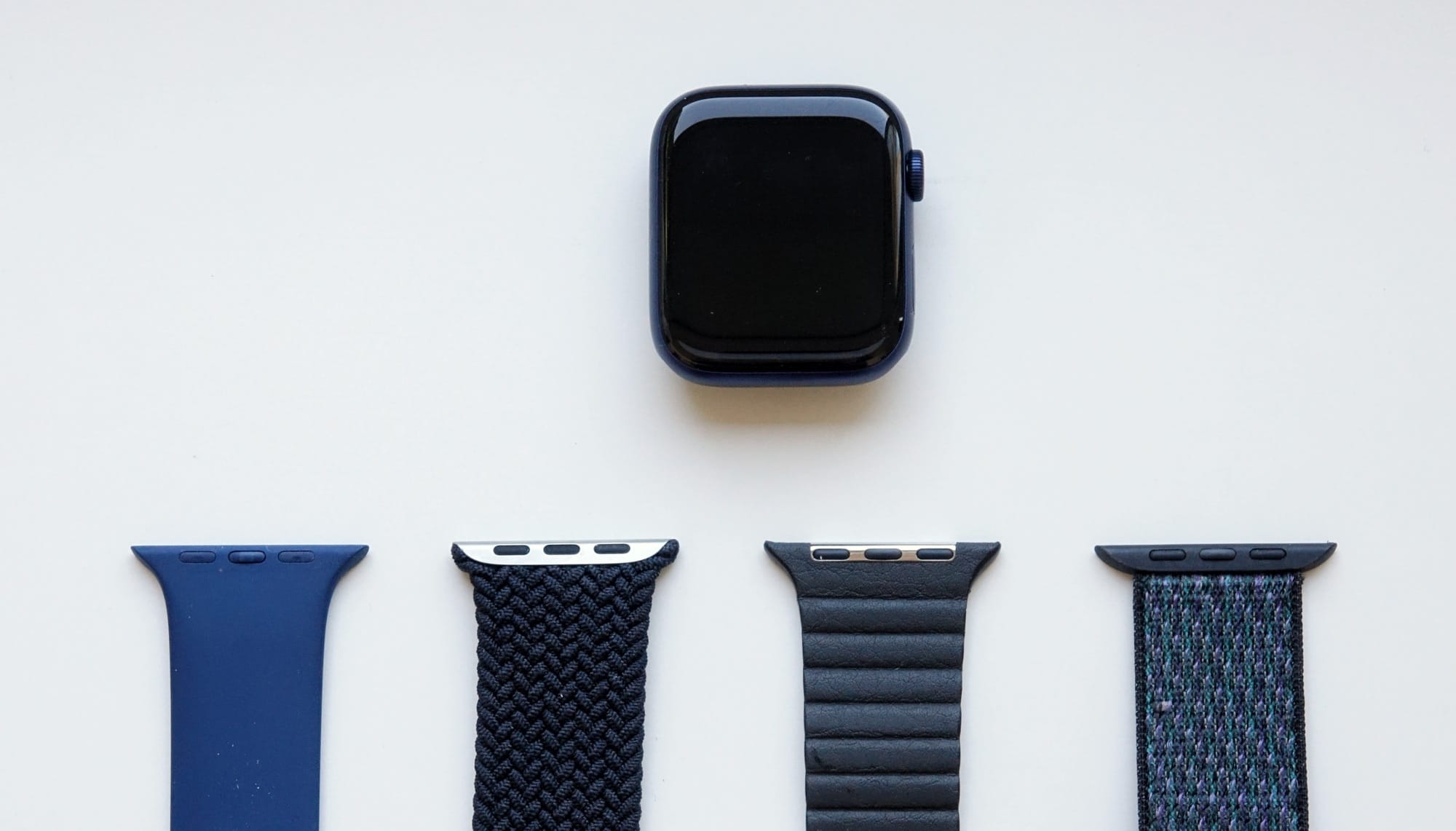
Final thoughts (TLDR)
While its battery life is a bit of a sour point, the 2020 Apple Watch is one that really delivers, with the whole package really coming together nicely. Despite its need for daily charging, Apple has an absolute winner in the Series 6 Apple Watch, with a feature set and experience that just shines.
It’s bright, it’s clear, and it’s built to look good and do you proud. The Apple Watch Series 6 is the smartwatch to beat in 2020. We just wish Apple would open it up to Android owners, and let them check out life with a squircle smartwatch and customisable faces, too. Highly recommended.
